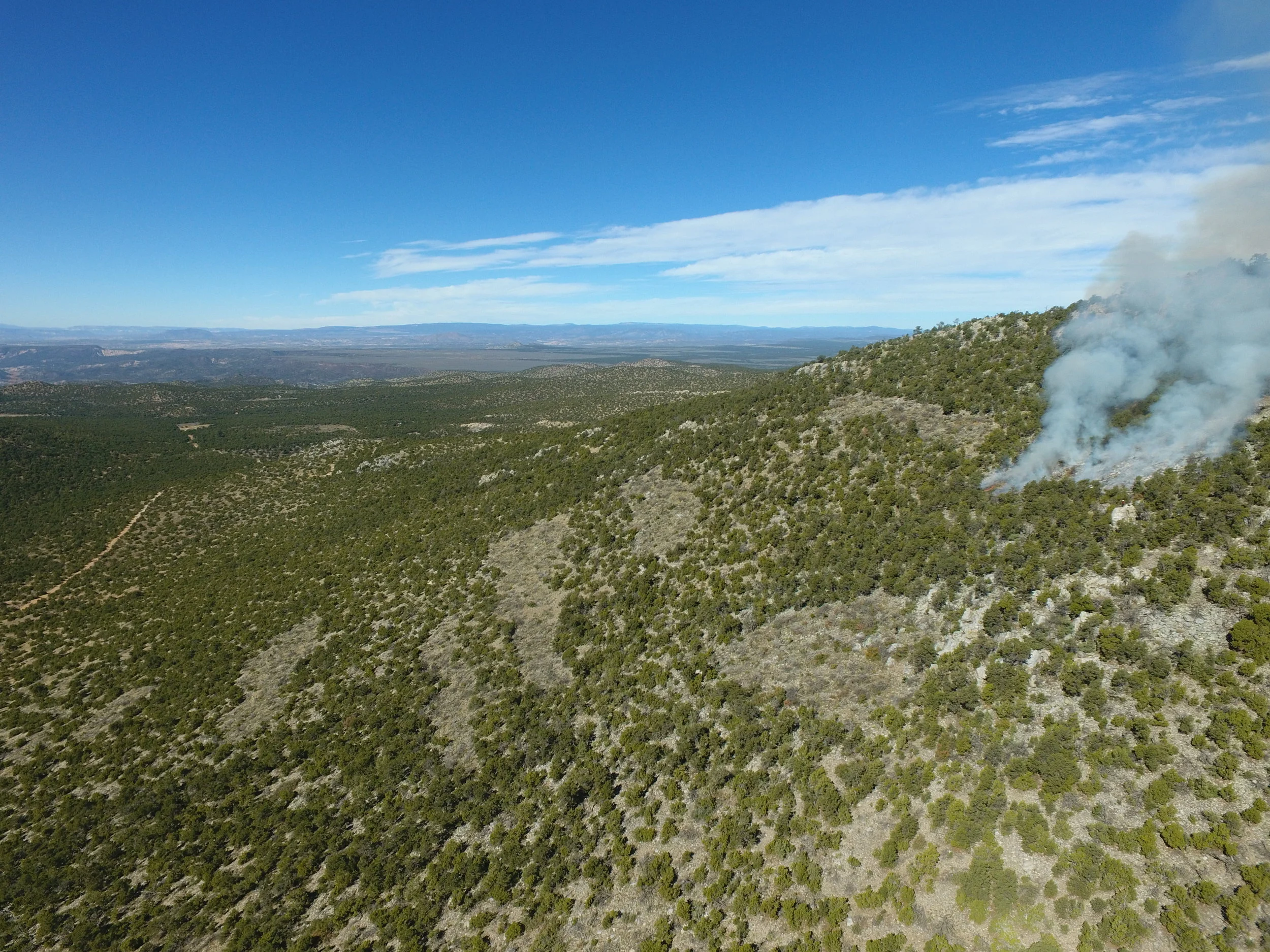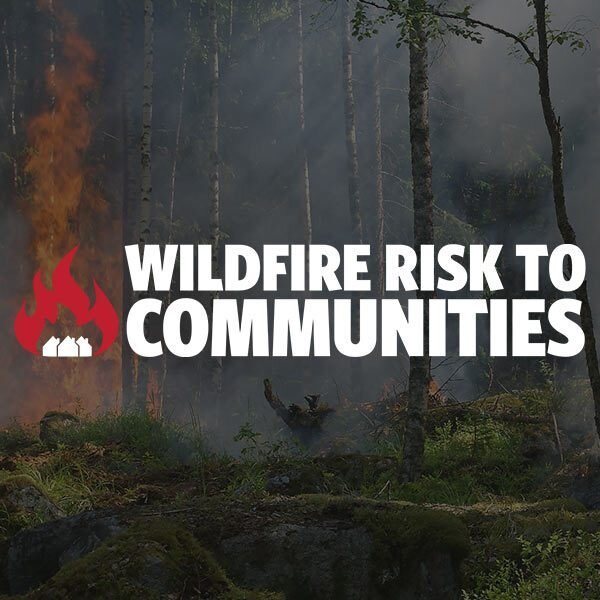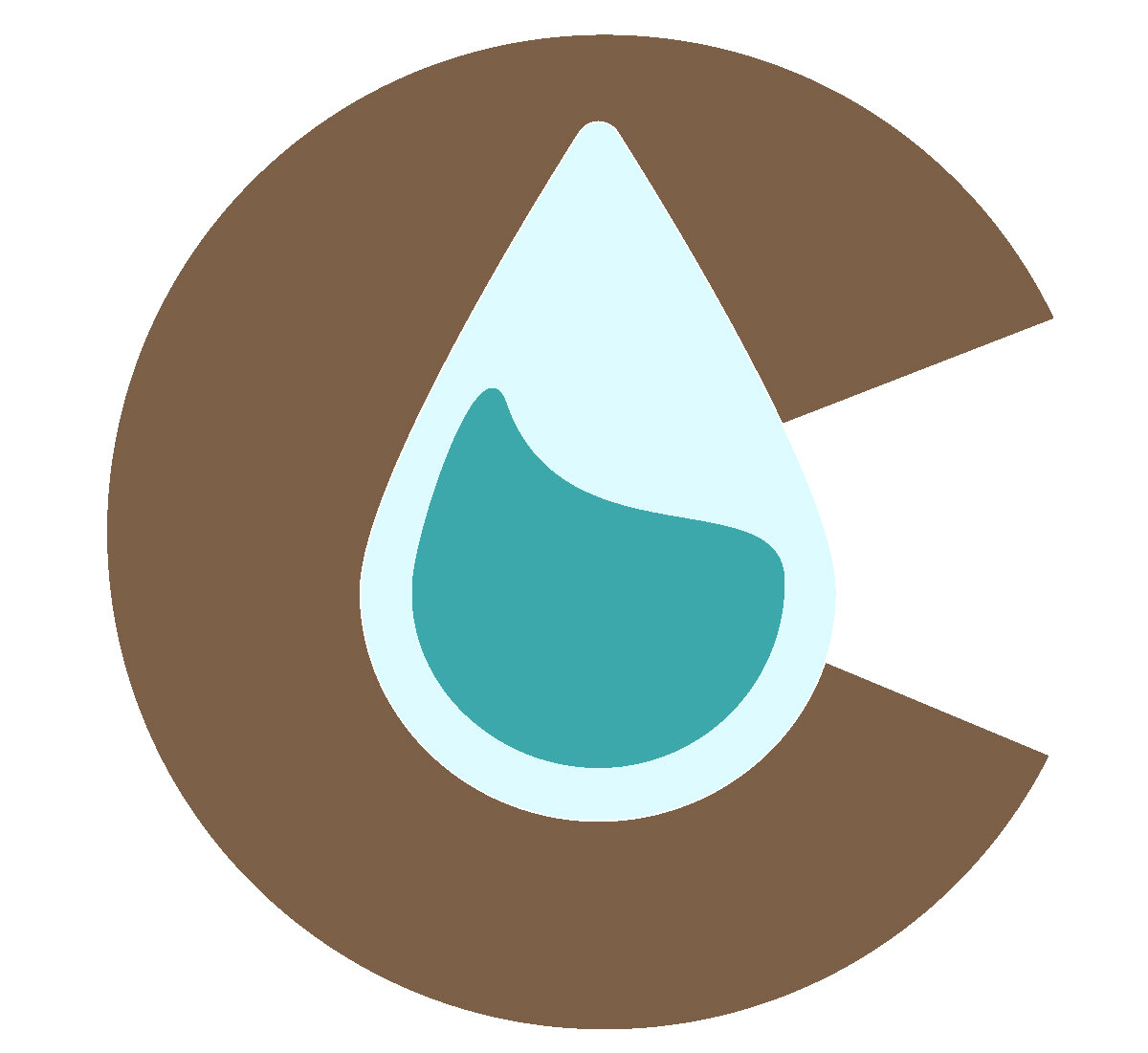Hi FACNM Members,
Hopefully, the beautiful spring weather, blooming flowers, and longer days are giving you the boost you might need to get outside and make progress towards your wildfire preparedness goals or to connect with those in your community. With all the uncertainty we may be feeling right now, working outdoors and connecting with our peers (from a distance) can provide much-needed solace.
This week’s Wildfire Wednesday features:
A story about the power of our connections during times of struggle and change from the national Fire Adapted Community Learning Network (FAC Net).
A Firewise planting guide to help make your landscaping and gardening ready for wildfire.
Supercomputing Challenge winners from the New Mexico School of Art build a computer model to predict fire risk.
Upcoming Webinars
Next Tuesday May 12th -The Home Ignition Zone - What to do to prep your home for fire season!
From my kitchen table to yours,
Gabe
Can your connections save your event from unexpected catastrophe?
Annie with her parents at a Chelan County Fire District 3 ceremony.
Interested in why we have the word Network in our name? Because connections matter. Connections between people, ideas, challenges, and solutions are critical to foster the learning environment we need to accelerate change. Connections are happening locally in New Mexico and nationally. The Fire Adapted New Mexico Learning Network (FACNM) was initially inspired by the national Fire Adapted Community Learning Network (FAC Net). Take a few minutes to read this interview of Annie Schmidt from FAC Net by Travis Dodson of the Wildfire Lessons Learned Center and find out how your network might save your next field trip!
Have a few extra minutes and want to get the full story, read Annie’s interview of Travis here!
New Mexico Locust in bloom
Firewise Planting Guide
Spring is here in New Mexico! As you’re thinking about landscaping this year, consider this guide from New Mexico State University: Fire Wise Plant Materials. It is a complete guide to making your landscaping and, thus your home more resistant to wildfire. There are general tips as well as an exhaustive guide of plants that are fire resistant, what elevations you can plan them in and other details.
Supercomputing Challenge Winners Model Fire Risk in the Santa Fe Fireshed
Supercomputing Challenge 30th annual Expo Presentation, a finalist project is one that, after being read by many judges, is deemed worthy to present in the category to be considered for higher honors.
Students from the New Mexico School for the Arts recently won first place in this year's Supercomputing Challenge by modeling forest fire risks in the Santa Fe Fireshed. Their report, titled “It’s ‘Bout To Get Lit Up In Here: Modeling Forest Fire Risks in Northern New Mexico” details the creation of a computational model that predicts forest fire movement. They then ran the fire spread model using the data from the forests above Santa Fe. Given the current Covid restrictions their finalist presentation was held online, so you can view it here.
Webinars
The Home Ignition Zone - What to do to prep your home for fire season
May 12, 2020 01:00 PM Mountain Time (US and Canada)
In this 60 minute webinar Sam Berry of the Forest Stewards Guild will show you how to prepare your home for fire season. Research has shown that there are simple and easy actions you can take in the areas closest to your home to drastically lessen the chances of it catching fire in a wildfire. Tune-in to learn about the Home Ignition Zones and find out what you can do!















































